- Компании
- Takeda. О компании, буклеты, каталоги, контакты
- Olympus. О компании, буклеты, каталоги, контакты
- Boston Scientific. О компании, буклеты, каталоги, контакты
- Pentax. О компании, буклеты, каталоги, контакты
- Fujifilm & R-Farm. О компании, буклеты, каталоги, контакты
- Erbe. О компании, буклеты, каталоги, контакты
- Еще каталоги
- Мероприятия
- Информация
- Обучение
- Классификации
- Атлас
- Quiz
- Разделы
- Пациенту
QR-код этой страницы
Для продолжения изучения на мобильном устройстве ПРОСКАНИРУЙТЕ QR-код с помощью спец. программы или фотокамеры мобильного устройства
Статьи: Эндоскопическая вакуумная терапия в лечении несостоятельности анастомозов верхних отделов пищеварительного тракта. Первый опыт и обзор литературы
| Авторы: | И.Е. Хатьков 1 К.В. Шишин И.Ю. Недолужко Н.А. Курушкина Р.Е. Израилов 2016г. |
| Об авторах: |
1. МКНЦ, г. Москва |
Аннотация:
Хирургия верхних отделов пищеварительного тракта по праву относится к хирургии высокого риска и, безусловно, сопряжена с развитием тяжелых, жизнеугрожающих осложнений, в частности несостоятельности дигестивных анастомозов, которые, в свою очередь, приводят к гнойно-септическим осложнениям. Летальность от несостоятельности анастомозов после обширных хирургических вмешательств на пищеводе и желудке достигает 60 %. В процессе накопления опыта и совершенствования техники оперативного вмешательства отмечается неуклонное снижение числа осложнений. Методы эндоскопического закрытия перфорации являются приоритетными, поскольку сопровождаются меньшим уровнем летальности.
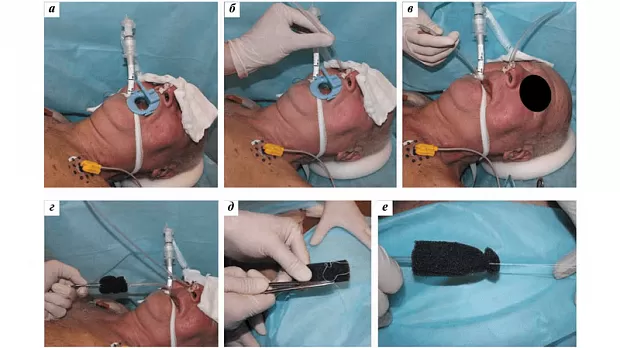
Полный текст статьи:
.
- Учебное пособие "Эндоскопическая вакуумная терапия, современные подходы, методология"
- Статьи: Эндоскопическая вакуумная терапия в лечении несостоятельности анастомозов верхних отделов пищеварительного тракта. Первый опыт и обзор литературы
- Опыт лечения несостоятельностей пищеводных анастомозов и послеоперационной перфорации пищевода с использованием эндоскопических технологий
- Вакуумная терапия при несостоятельности после бариатрии
- Эндоспонж
- Эндоскопическое лечение несостоятельности анастомозов желудочно-кишечного тракта с использованием вакуумно-аспирационной системы
- Видео: Эндоскопическая вакуумная терапия при несостоятельности анастомозов после онкологических операций
Список литературы:
Статьи по теме
Рекомендуемые статьи
При эндоскопическом исследовании в случае бронхоэктазов в стадии ремиссии выявляется
частично диффузный бронхит I степени воспаления
Активируйте PUSH уведомления в браузер
Отключите PUSH уведомления в браузер
Содержание
Интернет магазин
Популярное
- О нас
- Правовые вопросы
- Политика
обработки персональных
данных EndoExpert.ru - Связаться с нами
- Стать партнером
© 2016-2022 EndoExpert.ru
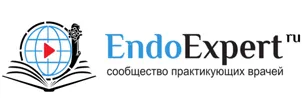
Вы находитесь в разделе предназначенном только для специалистов (раздел для пациентов по ссылке). Пожалуйста, внимательно прочитайте полные условия использования и подтвердите, что Вы являетесь медицинским или фармацевтическим работником или студентом медицинского образовательного учреждения и подтверждаете своё понимание и согласие с тем, что применение рецептурных препаратов, обращение за той или иной медицинской услугой, равно как и ее выполнение, использование медицинских изделий, выбор метода профилактики, диагностики, лечения, медицинской реабилитации, равно как и их применение, возможны только после предварительной консультации со специалистом. Мы используем файлы cookie, чтобы предложить Вам лучший опыт взаимодействия. Файлы cookie позволяют адаптировать веб-сайты к вашим интересам и предпочтениям.
Я прочитал и настоящим принимаю вышеизложенное, хочу продолжить ознакомление с размещенной на данном сайте информацией для специалистов.
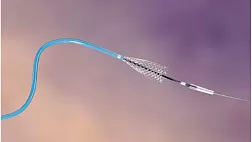



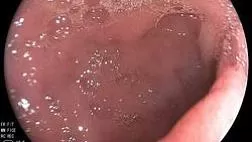
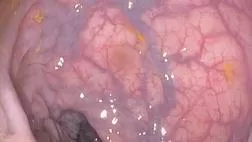
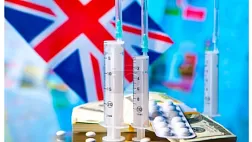
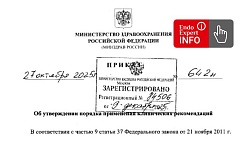
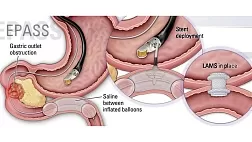
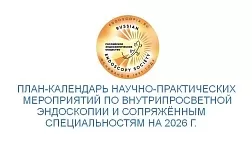

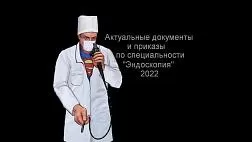
.jpg)

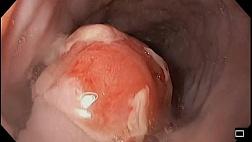
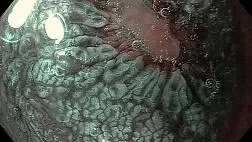
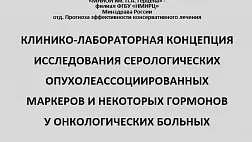
.png)
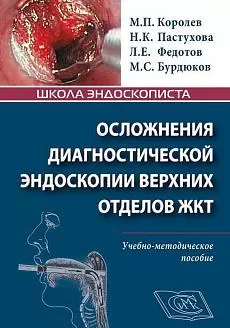
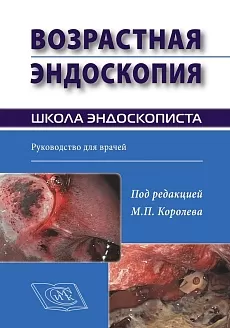
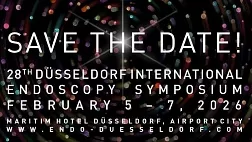

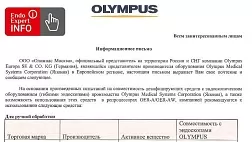







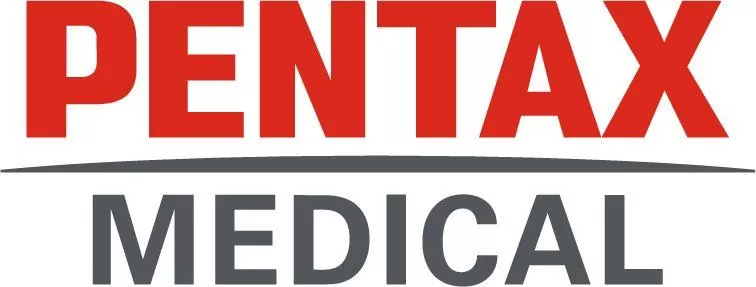
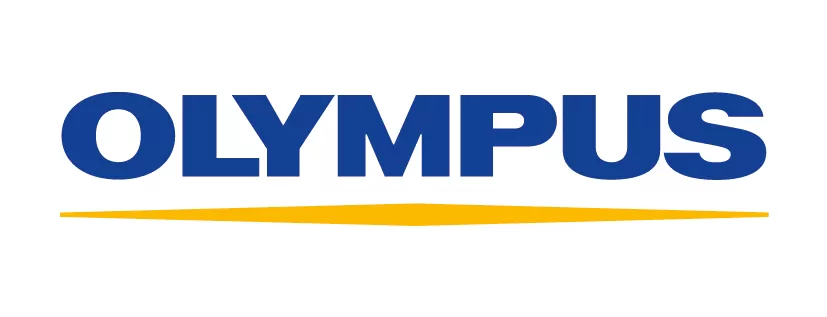


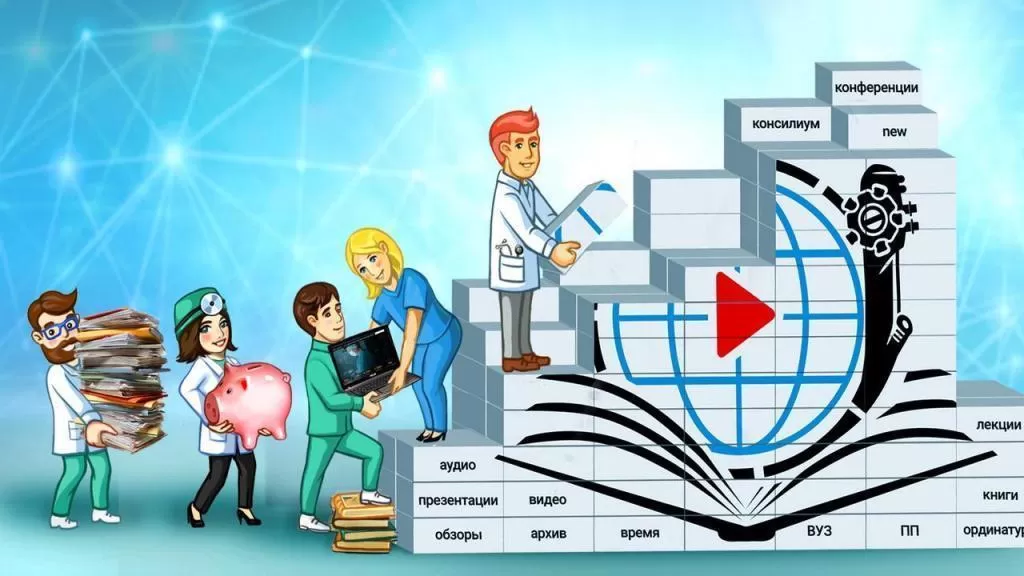
Комментарии